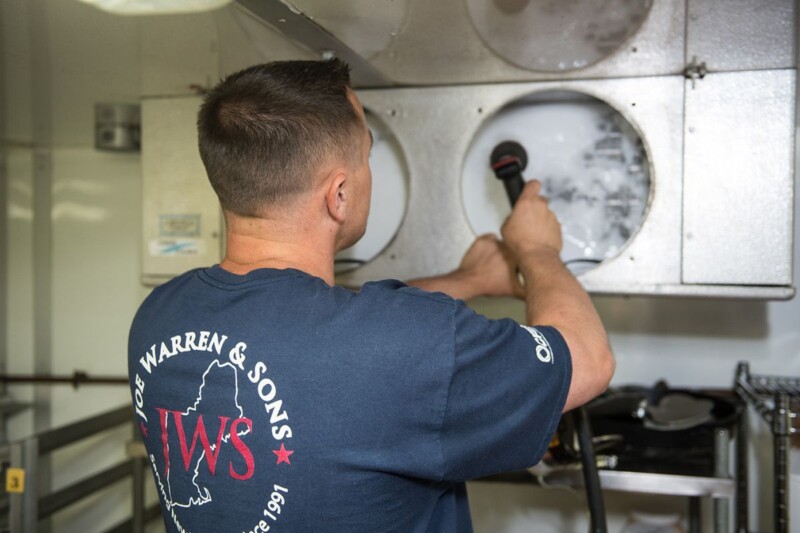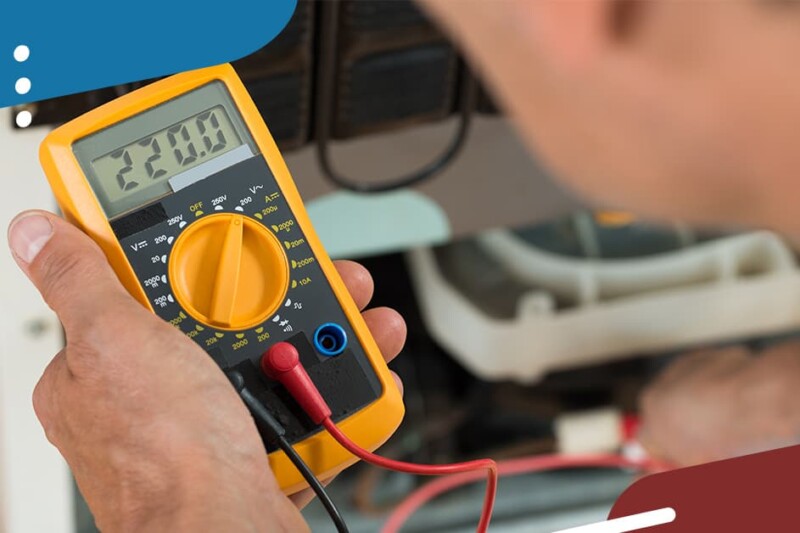Parting the FOG: Best Practices to Avoid Fat, Oil and Grease Backups
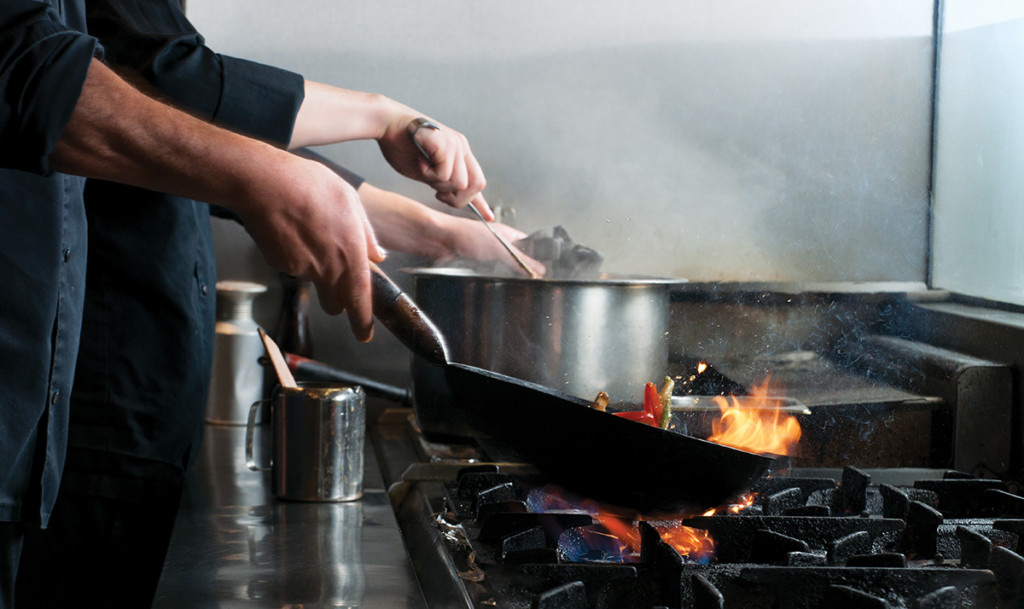
If there’s anything that can put a stop to the smooth flow of food production, consumption and cleanup in a foodservice operation, it’s grease backup. From the storeroom to prep, cooking and warewashing in the kitchen to the dining room, it’s important to have the right tools and routines in place to keep such buildup at bay.
Fats, oils and grease—aka FOG—are an essential and unavoidable part of cooking and food production in general. The most obvious sources—the fat in a deep-fat fryer, drippings from the rotisserie, and scrapings from the griddle—are known as “yellow grease,” the easiest type to get rid of.
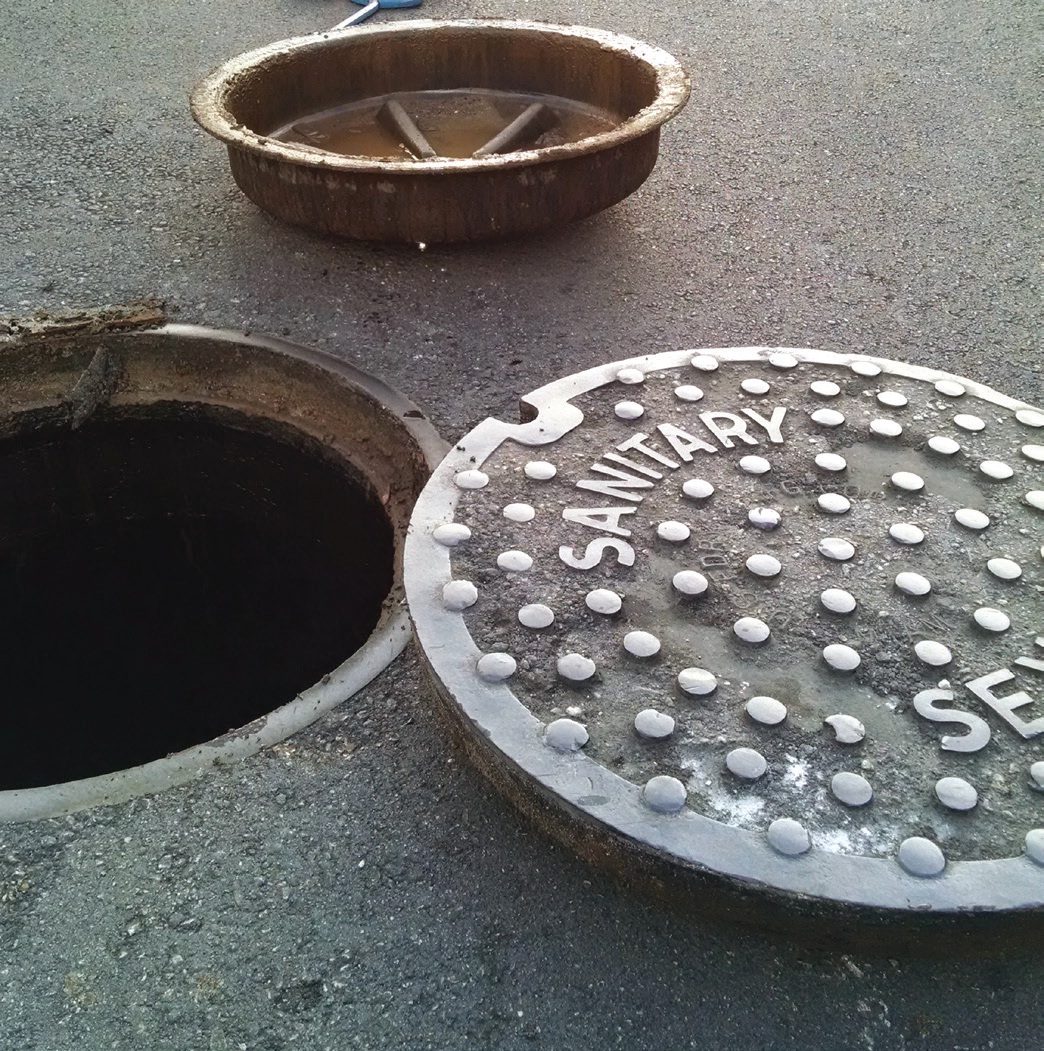
Fats, oils and grease — or FOG — can cause big problems in foodservice facilities if not managed well. Follow these best practices to avoid a backup.
But there’s also “brown grease.” Droplets of airborne fats make their way into your ventilation hood or onto surfaces, floors and floor mats that will later be washed. And not just meats, but almost all foods—milk and cheese, dressings and sauces, frostings and batters—contain fats that may end up going down the drain.
FOG down the sewer drain is bad news. “Neglecting grease going into the sewer can be catastrophic for everyone,” says Sterling Laylock, Senior Environmental Consultant at Miami-based NextGen Compliance Assistance, one of the nation’s leading experts in FOG management for foodservice establishments. “First, you’re going to have substantial emergency- service calls that are unbudgeted and unexpected. Second, you’re going to do damage to your very expensive plumbing infrastructure. Third, it could impact your ability to do construction or make changes to the use of your property, since having local pump stations inundated with grease and debris could trigger federal mandates for a moratorium.”
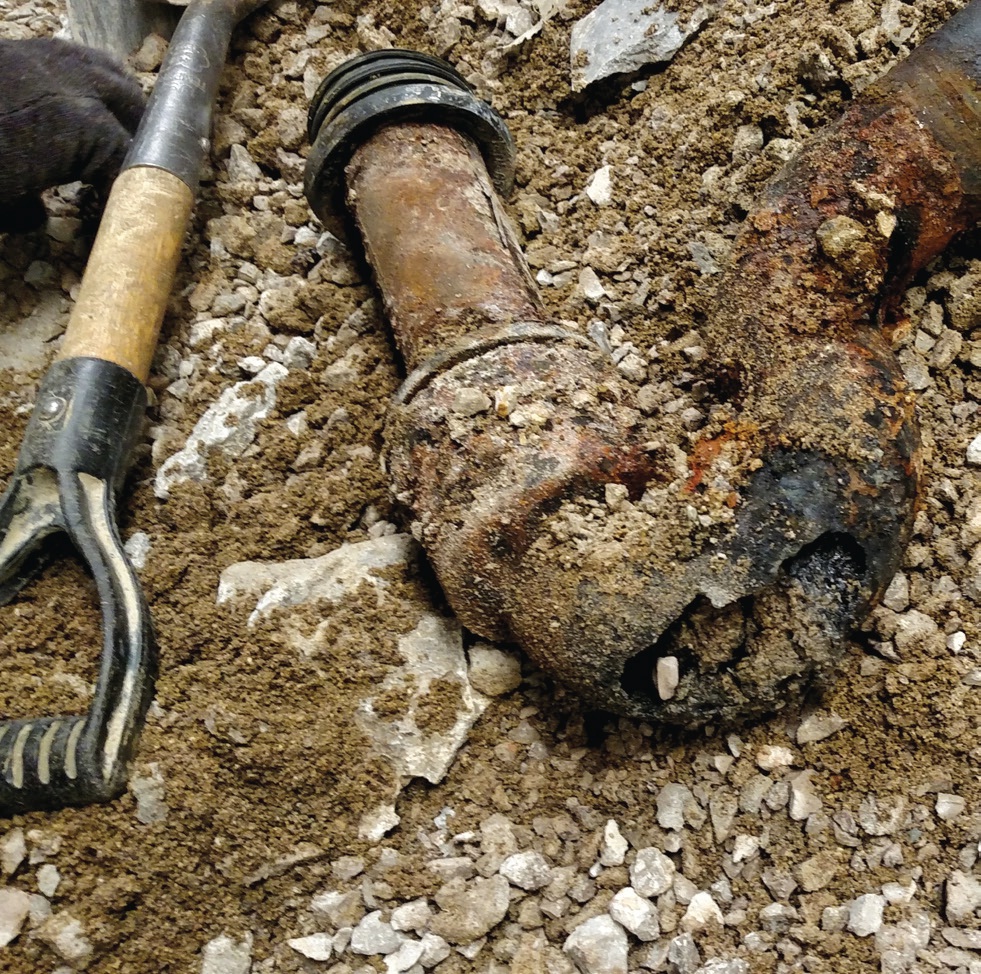
Getting It Right
Keeping grease out of the wastewater drainage system often gets short shrift.
“Design engineers get their parameters and don’t realize that what they see in the plumbing codes are minimum requirements,” Laylock says. “They design for the minimum to get the permit from the regulator—who can romanticize foodservice based on what he sees inspecting restaurants during the day when they’re not busy. Everything would dramatically improve if they would design systems for maximum capacity, with operations and maintenance in mind.”
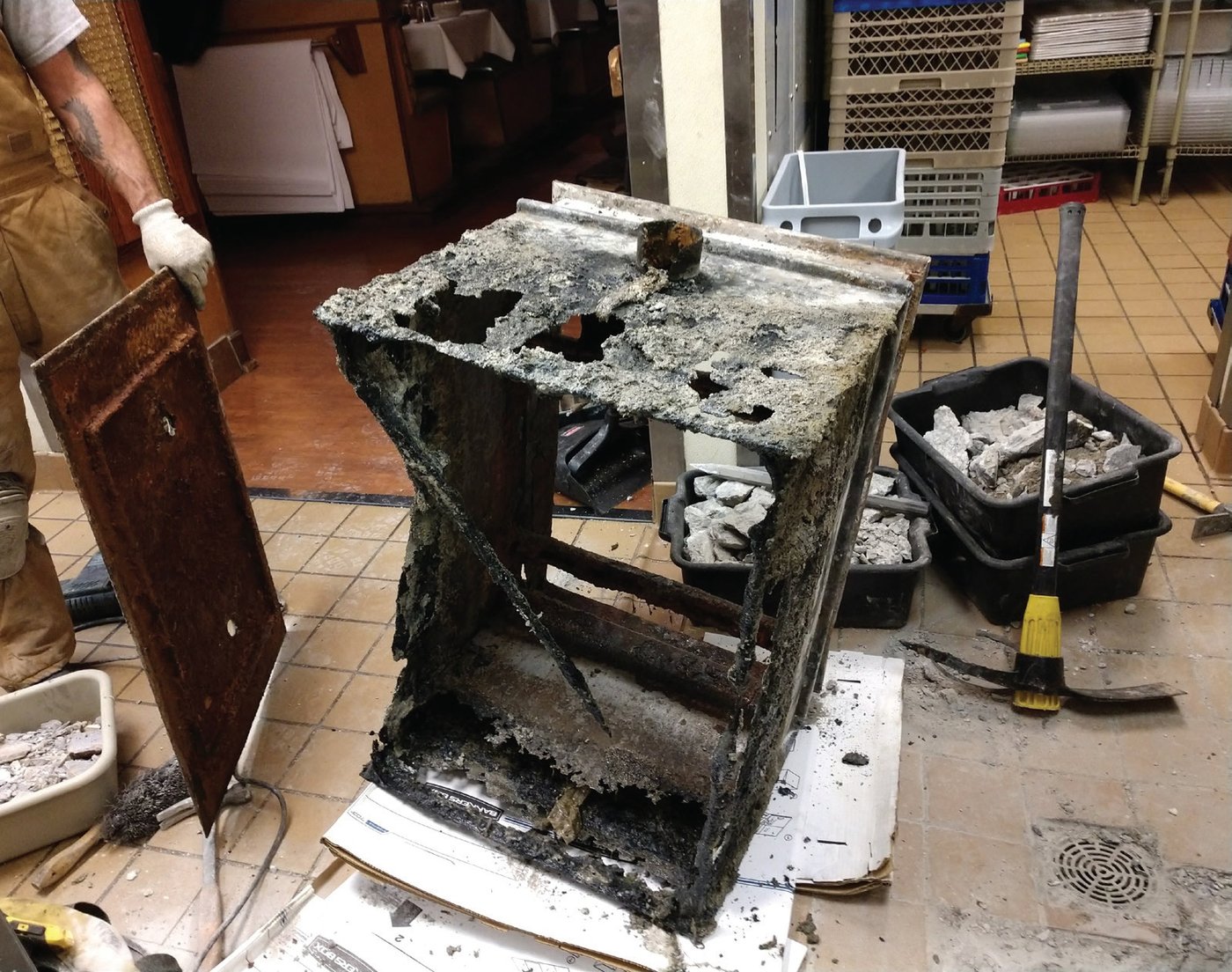
In other words: Spend more upfront to save money in the long run, particularly if the foodservice operation foresees expansion or a menu change in the future.
It’s essential that every drain that bears grease go through a grease control device, or GCD. This includes the dishwasher and all sinks (prep sinks, pre-rinse sinks, wash sinks, mop sinks) as well as floor drains in food preparation areas. Several basic types and sizes of GCDs are available, and can be installed either inside the kitchen or elsewhere (see “Types Of Grease Control Devices”).
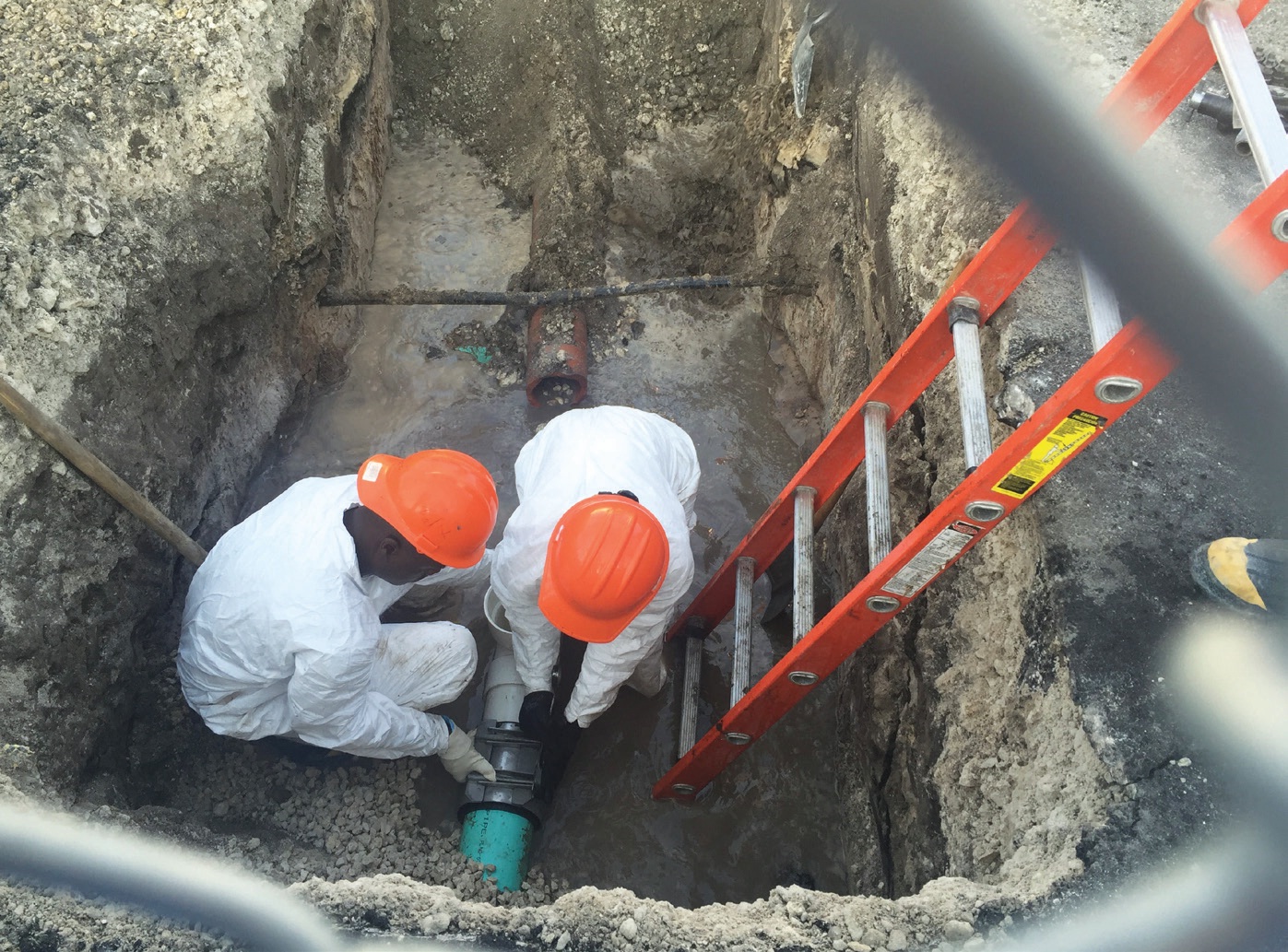
What kind of GCD to choose depends on maximum food throughput as well as the kind of food served. For instance, a steakhouse will generate far more FOG than a restaurant that serves cold sandwiches. Determine local plumbing regulations, consult with the sewer jurisdiction and get the building permit approved. Work with an experienced plumber to determine the type of GCD to install as well as its capacity and location. Remember that tanks should be far enough away from FOG discharge areas to slow the water flowing in, and large enough to allow grease to slowly separate from wastewater.
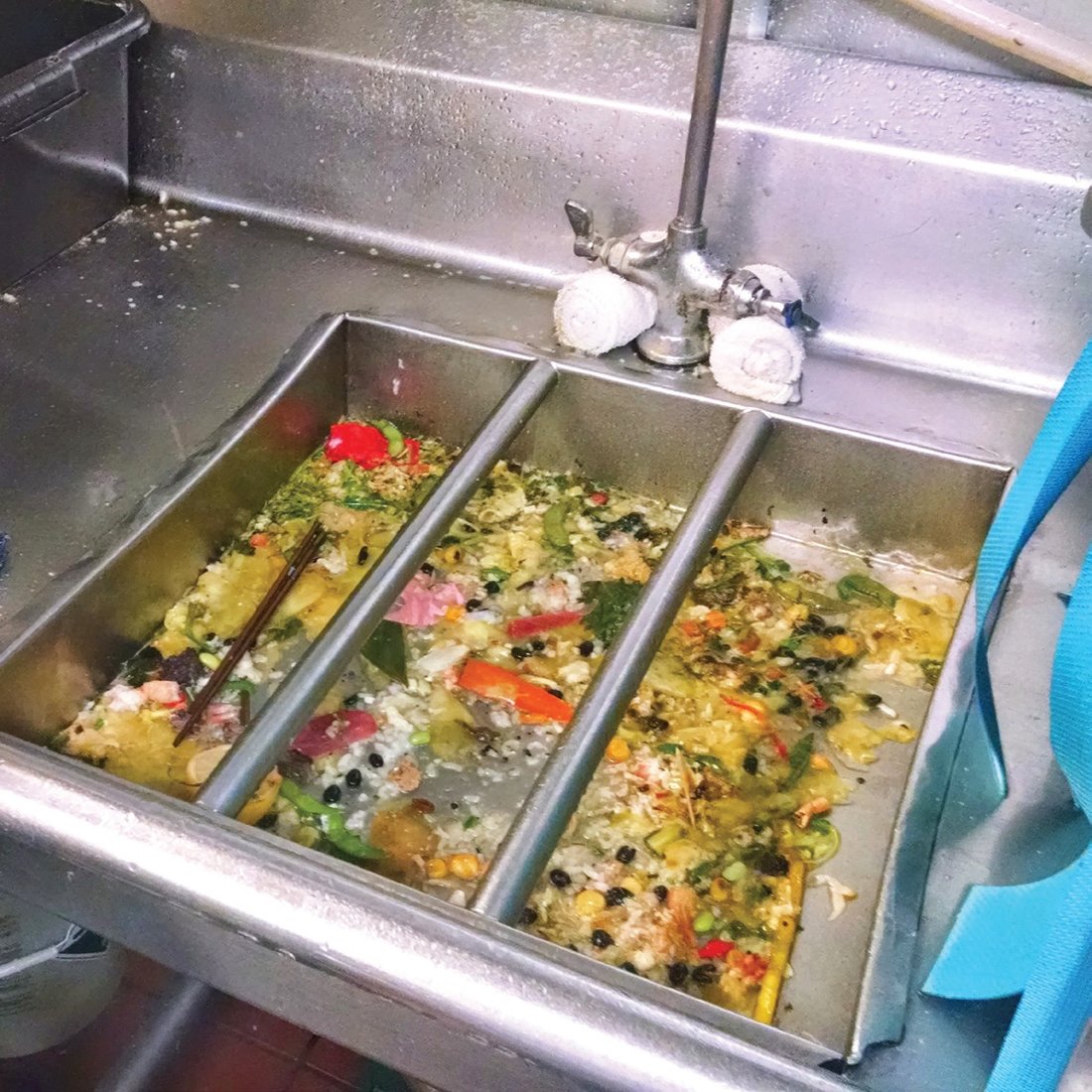
Maintaining GCD And Drainage Pipes
Typically, it’s best to clean grease control systems when the volume of FOG reaches 25% of what’s trapped in the tank. In a typical restaurant with the correct size and type of GCD, cleaning and scraping out of the trap tank will likely be required at least four times a year or more.
Professional liquid-waste hauling companies are hired to service and periodically remove the waste from GCDs. A service should provide documentation of each pump-out, with the level of floating FOG and settled solids found, the volume removed and where it’s going for disposal, and any repairs made or damaged discovered when the units are cleaned.
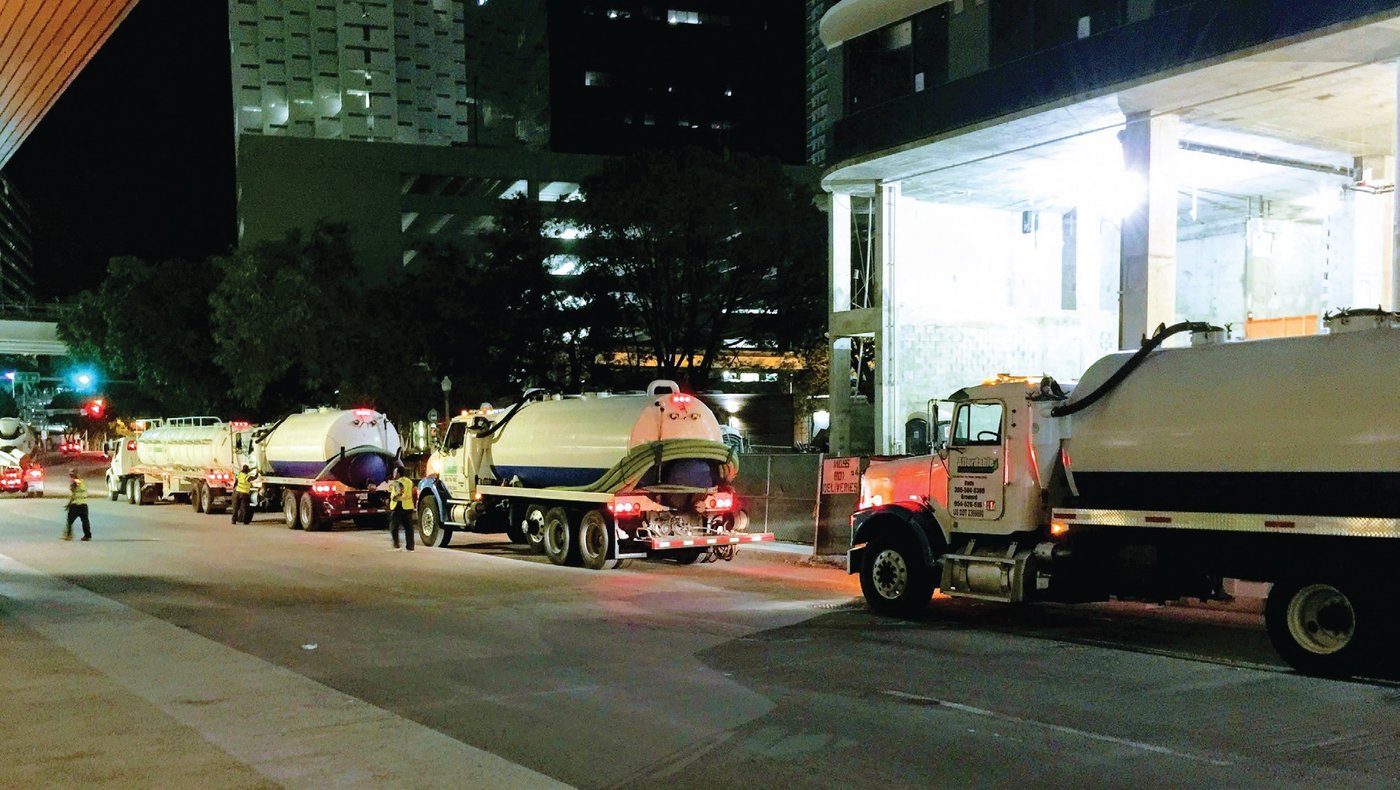
Drainage pipes also require periodic maintenance so they won’t be clogged or corroded by FOG. “All grease and food get caked up inside plumbing lines,” Laylock says. “If restaurants hydrojetted their plumbing lines every 12 to 24 months, life would be so much better.”
By keeping FOG buildup at bay, your foodservice operation will continue to flow smoothly.
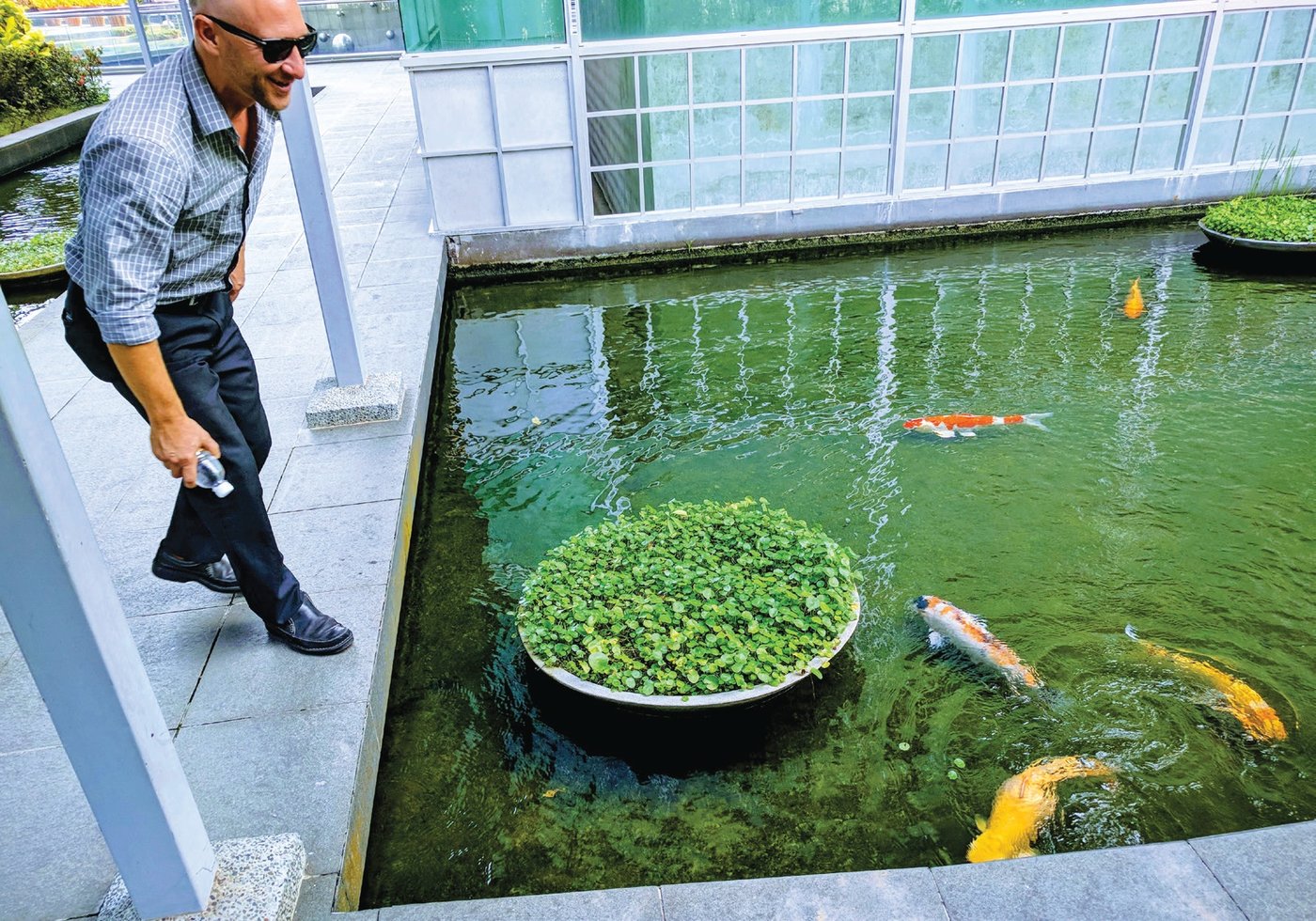
Keeping Grease Out of Drains
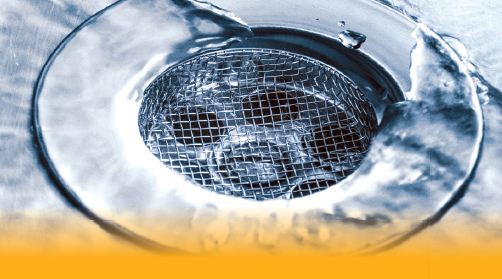
- It’s equally important to train kitchen staff to minimize the amount of FOG going down drains in the first place. Make sure employees:
- Scrape food waste into a trash container, not the garbage disposal. Use a rubber spatula and, if necessary, paper wipes.
- Instead of just using a hot-water spray, wipe pots, pans and work areas prior to washing, using disposable towels. (Cloth wipes will eventually be laundered, sending the grease down the drain anyway.)
- Collect waste grease and oil in containers for eventual disposal. Never pour it directly down the drain.
- Clean floor mats with soap over a utility sink (not outdoors where grease will flow into storm drains).
- Use screens or solid food separators in sink drains.
The National Restaurant Association offered many of these tips.
Types Of Grease Control Devices
Gravity Grease Interceptors (GGIs) use physics alone to slowly separate out grease and solids from the wastewater destined for the municipal sewer system—the grease floats to the top, the solids sink to the bottom, the water eventually flows through. The interceptor consists of two or more large tanks, with a volume of 300 gal. or more, usually placed outdoors. (A too-small system will push the wastewater through too quickly.) Crews must manually remove the grease layer and solids layer on an appropriate schedule to prevent clogging. Other than that, these grease-trap devices require little maintenance. GGIs are expensive, costing $15,000 to $25,000 for a new-build restaurant and $25,000 to $75,000 for a retrofit. However, unlike the more mechanically complex types of grease interceptors, they may not require health department approval for installation (though it’s a good idea to check).
Hydromechanical Grease Interceptors (HGIs) are usually what’s meant by the term “grease trap.” Standard-size HGI systems are single fiberglass or polyethylene tanks that fit under a kitchen’s three-compartment sink. HGI grease traps work using the gravity method described under GGIs, aided by interior baffles as well as vented flow control of the waste- water further up the pipes. HGIs are smaller than GGIs and thus require more frequent removal of accumulated grease and solid debris. HGIs have the advantage of being inexpensive, as little as $2,500 to $5,000 for installation and a $150 to $250 fee for each cleanout.
Large HGIs function in much the same way as under-sink HGIs, but crews install them outdoors, either above or below ground. The baffles that slow water flow are within the unit, not elsewhere in the pipe system. Although they’re larger than
the standard HGI units installed in kitchens, these HGIs installed outdoors are still smaller than GGIs and also less expensive: a belowground unit should cost $5,000 to $15,000 for new construction or $10,000 to $25,000 for a retrofit.
Automatic Grease Removal Devices (AGRDs) are indoor units connected to kitchen sinks. Like HGIs, they use gravity plus vented flow control. But they also have additional automatic grease removal components like baffles, screens and external FOG waste collector containers. Some also feature heaters, skimmers, pumps or pressure chambers. These more complex units require little space for installation, but do require additional venting. They have self-cleaning features, and well-trained employees can usually maintain them. AGRDs may cost $5,000 to $10,000 for installation or $10,000 to $15,000 for a retrofit. Each regular servicing typically costs $100 to $150.
Source: National Restaurant Association
RELATED CONTENT
- Advertisement -
- Advertisement -
- Advertisement -
TRENDING NOW
- Advertisement -
- Advertisement -
- Advertisement -

